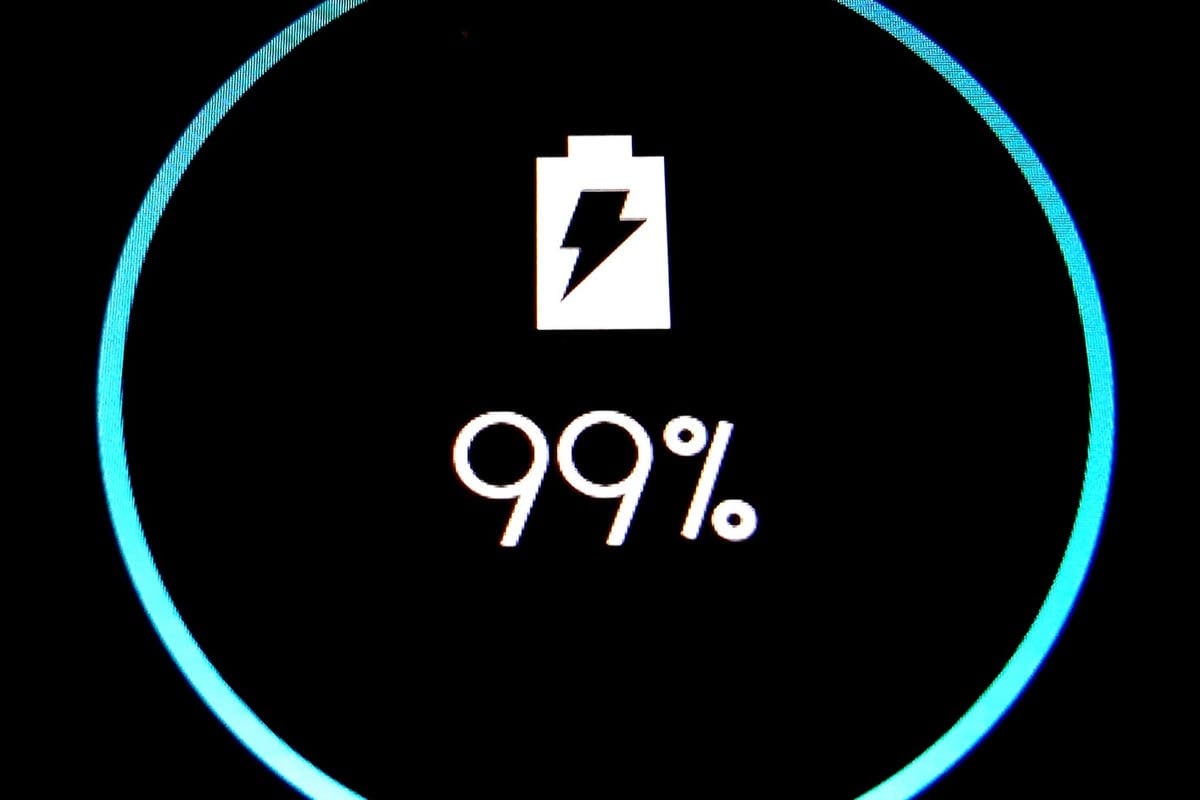Breakthrough battery charges in minutes and lasts thousands of cycles::‘Lithium metal anode batteries are considered the holy grail of batteries,’ researcher says
I’ll believe it when it ships. I’m genuinely optimistic that we can develop better batteries, but I’ve seen this story too many times before.
Once a week for the last 10 years a breakthrough is announced and twice on a full moon.
Every “breakthrough” makes batteries a percentage point better though.
According to the graphic though, this one’s at 99%, so… Next week? ;)
Same here. I’m not clicking on the article. I’ll celebrate when a retail product comes out with said battery.
Feels like I’ve seen the same story in the last 20 years.
Remember fuel cells? One tiny drop would power your phone for a week.
Battery news is pretty world changing so I understand whybit gets the same kind of attention miracle health advancements get. Unfortunately the hardest part remains making a commercially viable product but that said even finding new techniques that may not make it to market still advance the field further and expand our understanding.
Admittedly it’s been awhile since I’ve raw dogged the Internet. I’m traveling without my usual pihole. How does anyone do without ad blockers? Reading that was like trying to read an article surrounded by times square billboards. “Support our journalism, turn off your add blocker”. My ass
NextDNS and Firefox with uBlock Origin.
I use reader mode on my iPhone.
Raw dogging the Internet for w/o as blocker is now in my vocabulary
You can use ublock origin on Firefox mobile. If you want a chromium varient that handle extension on mobile try kiwi.
Set up a DNS filter on your phone itself. I’ve got an Android phone and use AdGuard, but there are filters for the iPhone too 👍
No idea but you can use Firefox mobile and uBlock origin in conjunction with switching your DNS to one that blocks ads. There’s also software that modifies your DNS locally.
I have AdGuard set up at home and OpenVPN so I can connect to my home network and route all my traffic through it. Gives the same ad blocking ability but without the need to travel with it.
I use AdAway on my rooted phone. Honestly there are plenty of ways to filter ads out on most devices.
Raw-dogging the internet…I love it. I’m using that from now on.
Brave on android.
…can power one whole LED.
… and costs 1.2 million to manufacture. Built with moon rocks and distilled human souls.
I mean, so does a capacitor…
This is the best summary I could come up with:
The research team behind the novel design, who are based at Harvard University’s School of Engineering and Applied Sciences (SEAS) in the US, claim their solid-state cell could revolutionise electric cars and smartphones by significantly increasing their range and capacity while simultaneously reducing charging times.
“Lithium metal anode batteries are considered the holy grail of batteries because they have 10 times the capacity of commercial graphite anodes and could drastically increase the driving distance of electric vehicles,” said Xin Li, an associate professor of materials science at SEAS.
“Our research is an important step toward more practical solid state batteries for industrial and commercial applications.”
Their research focussed on lithium metal anode batteries, which have vastly superior capacities but until now have proved too unstable for practical use.
Charging this type of battery can result in them shorting or even catching fire due to a process called plating.
Since making their discovery, Professor Li and his team have licensed the technology through a Harvard spinoff company called Adden Energy in the hope of commercialising it.
The original article contains 303 words, the summary contains 175 words. Saved 42%. I’m a bot and I’m open source!
Fast cycling of lithium metal in solid-state batteries by constriction-susceptible anode materials - https://www.nature.com/articles/s41563-023-01722-x
Abstract
Interface reaction between lithium (Li) and materials at the anode is not well understood in an all-solid environment. This paper unveils a new phenomenon of constriction susceptibility for materials at such an interface, the utilization of which helps facilitate the design of an active three-dimensional scaffold to host rapid plating and stripping of a significant amount of a thick Li metal layer. Here we focus on the well-known anode material silicon (Si) to demonstrate that, rather than strong Li–Si alloying at the conventional solid–liquid interface, the lithiation reaction of micrometre-sized Si can be significantly constricted at the solid–solid interface so that it occurs only at thin surface sites of Si particles due to a reaction-induced, diffusion-limiting process. The dynamic interaction between surface lithiation and Li plating of a family of anode materials, as predicted by our constrained ensemble computational approach and represented by Si, silver (Ag) and alloys of magnesium (Mg), can thus more homogeneously distribute current densities for the rapid cycling of Li metal at high areal capacity, which is important in regard to solid-state battery application.










